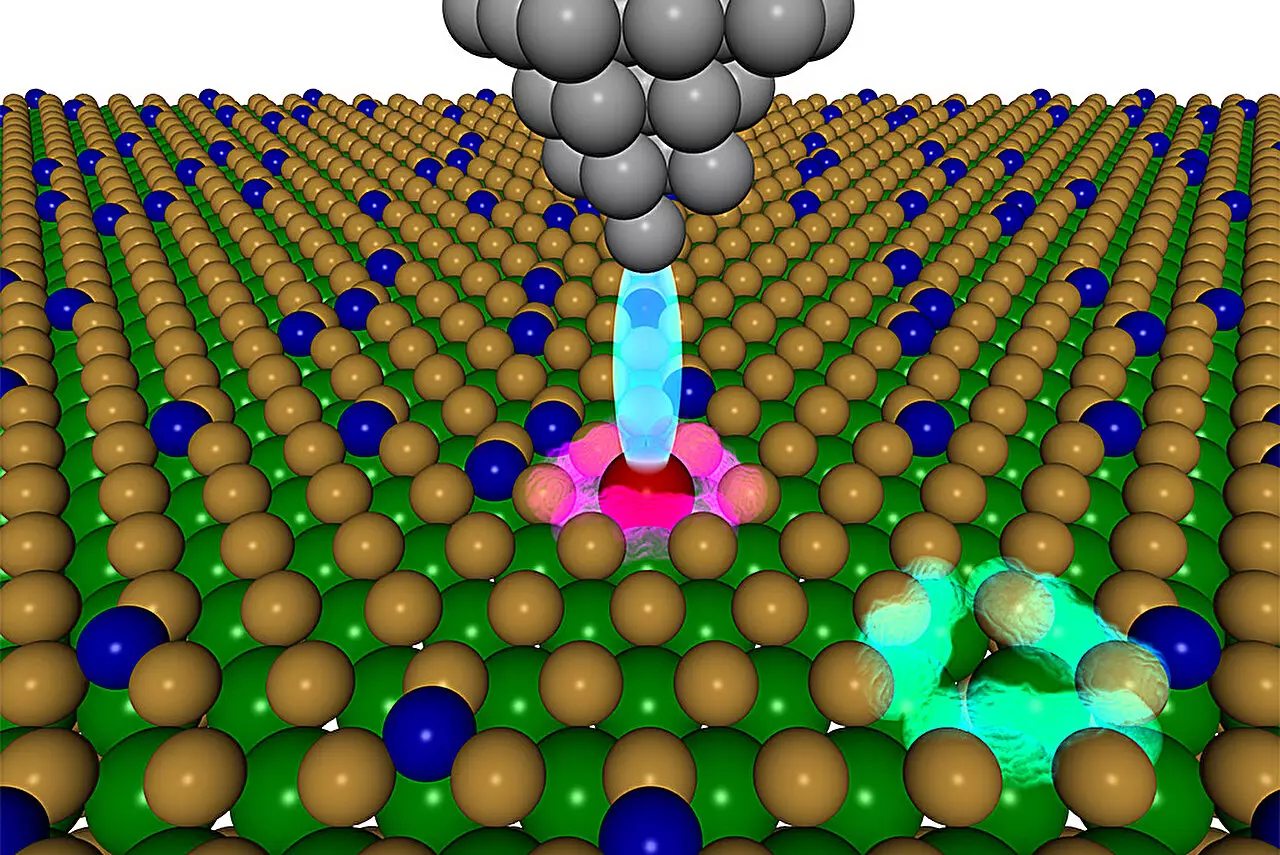The world of quantum materials is at the cusp of a transformative era, promising advancements that could redefine computing, telecommunications, and sensor technologies. With the rapid development of new approaches, researchers at the Department of Energy’s Lawrence Berkeley National Laboratory (Berkeley Lab), alongside esteemed institutions like Dartmouth College and others, unveil a pioneering method to uncover materials tailored for quantum applications. By merging computational predictions with precise fabrication techniques, they aim to not only accelerate the discovery process but also to unravel functionalities that could revolutionize the tech landscape.
The Challenges of Quantum Material Discovery
Quantum materials possess the extraordinary ability to leverage atomic-scale phenomena for encoding, processing, and transmitting information. However, the discovery of these materials, particularly those that can host functional quantum defects, remains a persistent challenge. Traditional methodologies have leaned heavily on serendipity—where defects with desirable properties are often stumbled upon rather than systematically engineered. The sheer scale of possibilities, considering the myriad atomic substitutions within materials like tungsten disulfide (WS2), complicates the search. The number of potential defects runs into the hundreds, creating a daunting task that could span decades if approached conventionally.
A Game-changing Computational Approach
In light of these challenges, the researchers adopted a transformative approach that flips the script on the traditional defect discovery method. The foundation of their strategy lies in theoretical screening, employed to narrow down a staggering pool of over 750 defect candidates within 2D materials such as WS2. The defect identification process, driven by state-of-the-art computational techniques, not only predicts electronic properties but also assesses stability and light absorption capabilities. This innovative high-throughput screening is a testament to the advancements in computational power showcased at the National Energy Research Scientific Computing Center (NERSC), where vast datasets are processed with unprecedented efficiency.
From Theory to Practice: The Role of Atomic Precision
The academic collaboration extended across various institutions facilitated an exchange of knowledge and methodologies that significantly enhanced the research. As the study progressed, the meticulous fabrication of promising defects became paramount. With pioneering techniques developed at Berkeley Lab’s Molecular Foundry, researchers gained the ability to manipulate materials at the atomic level with remarkable precision. This approach involved utilizing scanning tunneling microscopes paired with meticulous surface treatment to facilitate the insertion of desired atoms into strategically chosen locations.
This meticulous process, likened to “playing with atoms like LEGO bricks,” underscores the intersection of theory and practice. By isolating specific defects—like the cobalt substitution for sulfur in WS2—the team has effectively made advancements in realizing tailored electronic properties that fulfill quantum applications.
The Impact of Collaboration
One of the standout factors in this groundbreaking study is the strong emphasis on collaboration between theorists and experimentalists. This synergy allows for a continuous feedback loop, optimizing the research process and enhancing the outcomes. The ability to merge complementary strengths culminates in a holistic approach to quantum material discovery, fostering innovation at every step.
“Many factors came together to make this study a success… our secret sauce was how the theorists and experimentalists collaborated,” noted Geoffroy Hautier, emphasizing the importance of teamwork in scientific breakthroughs. Such cooperative dynamics are not just advantageous; they are essential to overcoming the multifaceted challenges posed by quantum material research.
The Future of Quantum Materials: A Shared Database and Beyond
The implications of this research extend well beyond the immediate results. A vital component of the effort is the creation of the Quantum Defect Genome, a publicly accessible database designed to house defect properties across a broad range of materials. This open-source model will encourage global researchers to contribute, fostering a collective effort in quantum material discovery. The significance of collaborative tools like this cannot be overstated; they streamline research and cultivate an environment where innovation can thrive.
As researchers continue to explore additional high-performance defects, the goal is to engineer properties that enhance the robustness of quantum states—potentially yielding materials that can resist disturbances from environmental vibrations. The realm of possibilities is vast, and as noted by Weber-Bargioni, this journey of building complex materials with atomic precision may lead to unforeseen functionalities, broadening our understanding of material science.
The unveiling of this novel approach heralds a new chapter in quantum material research, pushing the boundaries of what is achievable in energy-efficient computing and communication technologies. With the systematic combination of computational exploration, targeted fabrication, and a culture of collaboration, the potential to unlock the mysteries of quantum materials is within reach. The future is indeed bright for those willing to engage in this fascinating exploration, paving the way for innovations that could radically alter our technological landscape.

